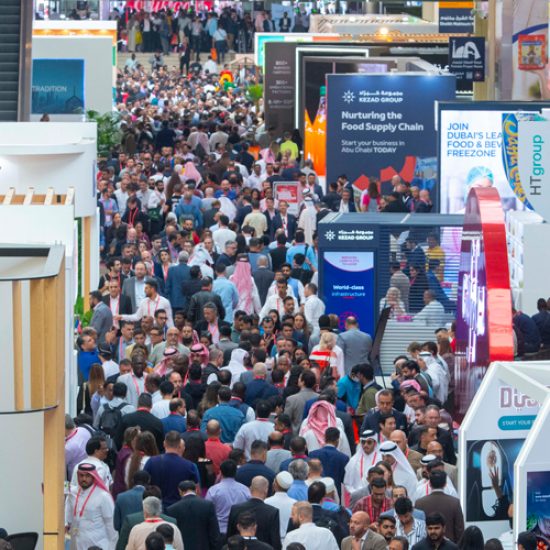
India is looking at a radical idea for reducing poverty: free money for everyone—no strings attached.
The Ministry of Finance’s annual survey of the economy, released Tuesday, explores how the country might replace its various welfare programs with a universal basic income, or a uniform stipend paid to every adult and child, poor or rich. Guaranteeing all citizens enough income to cover their basic needs would promote social justice, the survey says, and empower the poor to make their own economic choices. It would also be easier to administer than India’s current antipoverty programs, which are plagued by waste, corruption and abuse.
But Arvind Subramanian, the ministry’s chief economic adviser and lead author of the economic survey, took pains to emphasize that concerns about how a universal income would be enacted—and how the government would pay—mean India is still quite far from putting the concept into practice.
“It’s an idea whose time is ripe for further deliberation and discussion, and not necessarily for immediate implementation,” Mr. Subramanian told reporters.
Universal basic income is an old idea that is enjoying a revival as governments look to revamp their safety nets. Finland launched a pilot project this year, and Canada and the Netherlands are preparing their own experiments. Voters in Switzerland considered, and rejected, a minimum-income proposal last year.
In India, the idea is especially appealing because of the weakness of existing welfare programs, which largely take the form of subsidies paid to sellers of grain, fuel, fertilizer and other essentials. By making everyone eligible, a universal basic income obviates the messy task of identifying who is and who isn’t in need of assistance. And by paying money directly into bank accounts, it would allow India to do away with the vast administrative machinery currently needed to offer the poor discounts on wheat and rice and to employ them to build roads.
By one estimate, around one-third of the grain set aside for India’s food-welfare program never reached the intended beneficiaries in 2012, the most recent year for which comprehensive data are available. Payments under the rural-work program are regularly delayed, leaving families in the lurch. As a map in the economic survey shows, many districts with the largest concentrations of poor residents receive less than a proportional share of spending under the six largest welfare programs.
Prime Minister Narendra Modi’s government has tried to patch up the system, largely by moving toward reimbursing poor people on their purchases of basic goods with money paid directly into their bank accounts.
Universal basic income would be a natural extension of that approach, and could hence resonate with Mr. Modi’s administration. The idea has attracted criticism, though, which the economic survey largely dismisses. It cites a 2015 study of cash-based welfare programs in six developing countries that finds that financial aid didn’t discourage recipients from working. On concerns that households—“especially male members”—may fritter away their basic income on liquor and tobacco, the survey points to a study in India’s Madhya Pradesh state that found that farmers used free money to invest more in cultivating their crops.
The survey also argues that paying a basic income directly into bank accounts would encourage more people to use formal financial services, which would then help banks invest in expanding access to banks and ATMs.
In the short term, though, India’s underdeveloped financial infrastructure could make it hard for many people to access their entitlements. According to the World Bank, there are only around 20 ATMs for every 100,000 adults in India, compared with 70 in South Africa, 114 in Brazil and 132 in the U.K. Although the government says it has helped open 260 million bank accounts since 2014, one-third of Indian adults remain unbanked.
When it comes to estimating the fiscal cost of a basic income, the economic survey first looks for a level of stipend that would bring everyone but India’s very poorest above the poverty line of 893 rupees ($13) per month. That amount works out to 7,620 rupees ($112) a person each year.
Even if this stipend is paid out to only 75% of the population, making it not quite universal, the total cost to the government comes to 4.9% of India’s gross domestic product.
Simply getting rid of the present welfare programs wouldn’t free up that much money, the survey shows. Ending the major subsidies for the poor—on food, fertilizer and fuel—would save 2.07% of GDP. Eliminating additional subsidies that accrue to the middle class—on things like electricity, train and air travel, cooking gas, gasoline and loans—would provide an additional 1.05% of GDP.
That’s why the survey considers a few ways a basic income in India could be made universal on paper but not in practice. The government could exclude people who possess cars, air-conditioners or bank balances above a certain size. It could encourage people to opt out of the program, or produce a public list of beneficiaries to name and shame rich people who receive assistance.
The survey also considers giving a basic income only to women, at least to start. “Women face worse prospects in almost every aspect of their daily lives—employment opportunities, education, health or financial inclusion,” the survey says.
It adds that a universal income is a way of acknowledging that work not done for wages—by housewives, for instance—does in fact contribute to society.
A basic income, the survey says, is no mere antipoverty measure, but rather “gives concrete expression to the idea that we have a right to a minimum income, merely by virtue of being citizens. It is the acknowledgement of the economy as a common project.”
For breaking news, features and analysis from India, follow WSJ India on Facebook.




